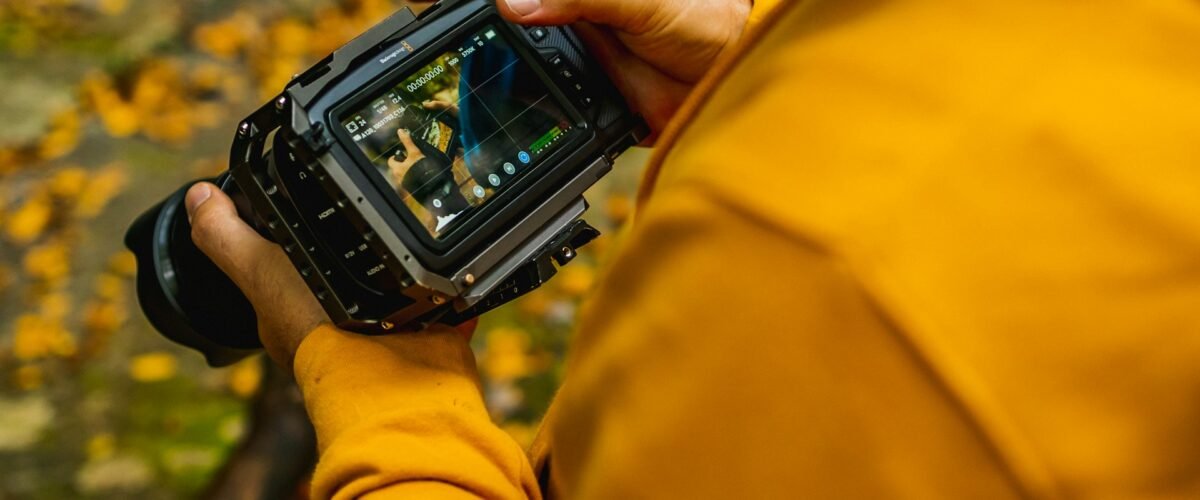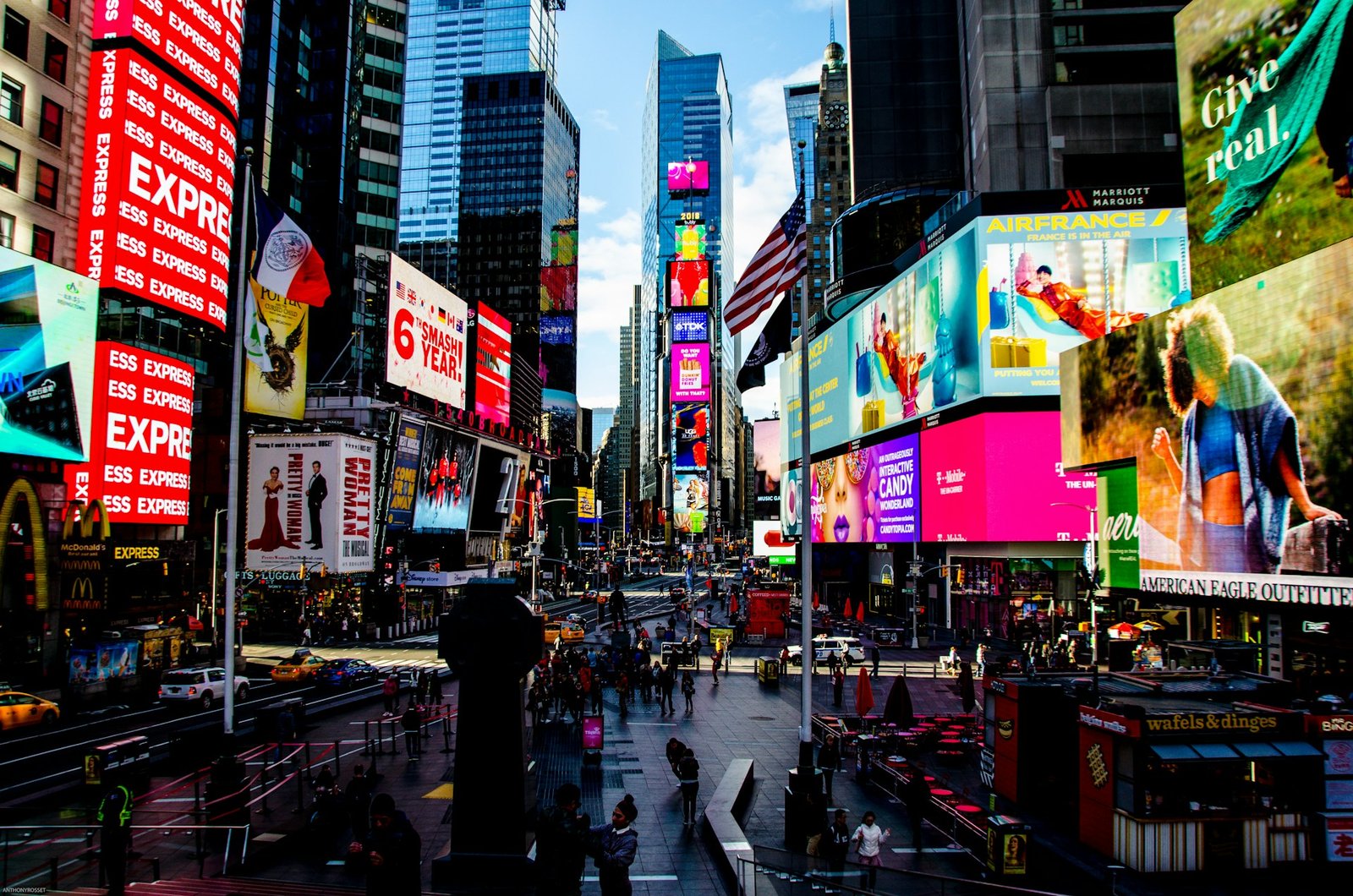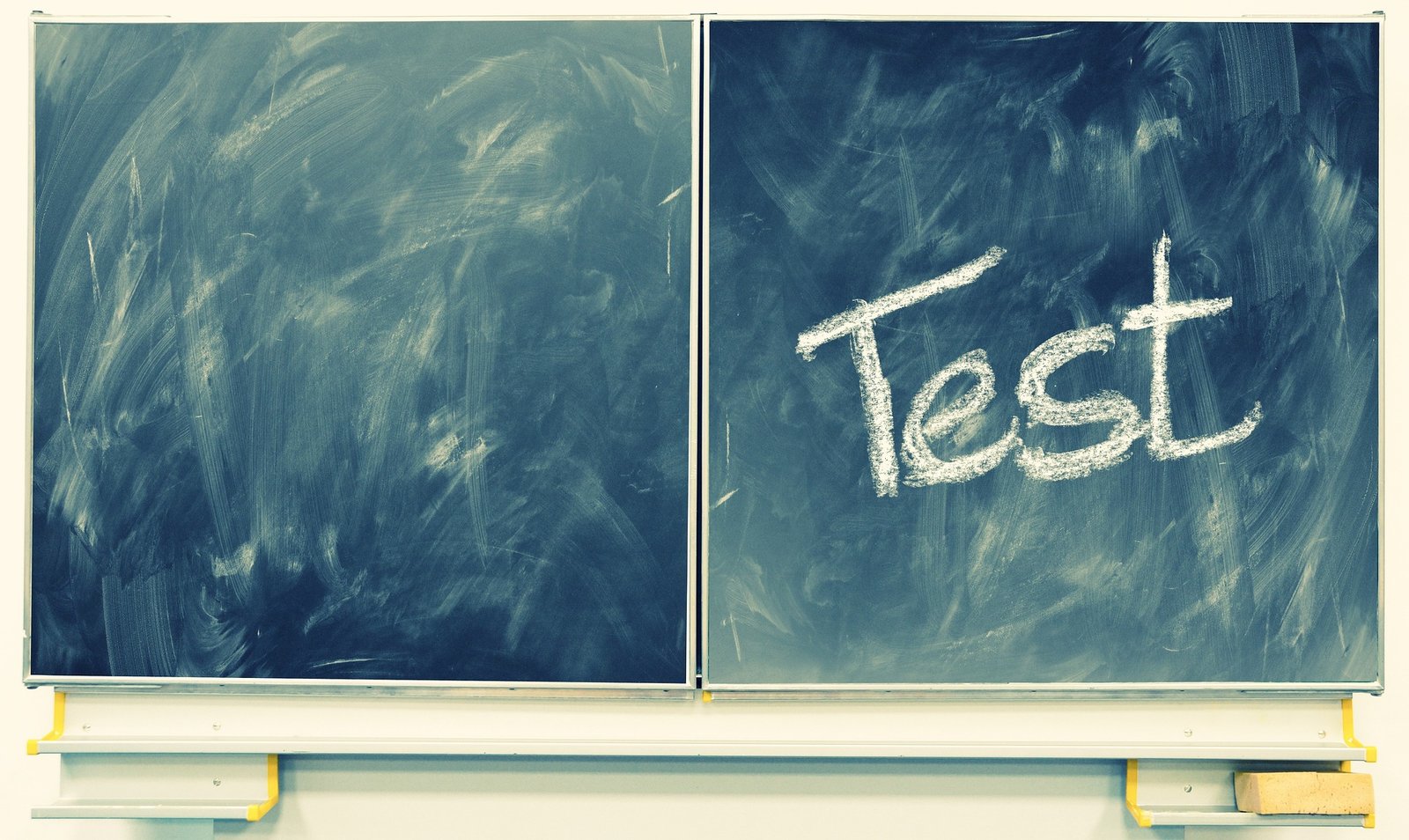The Best 8 Examples of User Generated Content
In today’s article, we’re diving into The Best 8 Examples of User Generated Content and its profound impact on brands. UGC is unique because it’s created by customers and audiences themselves, making it incredibly authentic and influential. So, let’s explore some of the top examples of how brands are harnessing the power of UGC to their advantage. If you’re not quite familiar with UGC yet, no worries! Check out our article “What is UGC (User Generated Content) and how to use it?” for a quick overview before diving into the examples here. Once you’re up to speed, let’s dive in and see how brands are making the most of UGC to connect with their audiences in meaningful ways.
The Best 8 Examples of User Generated Content
Let’s dive deeper into some remarkable examples of how brands are leveraging User Generated Content (UGC) to connect with their audiences in meaningful ways:
- GoPro: GoPro has mastered the art of UGC. Their entire YouTube channel is a testament to this. Customers use GoPro cameras to capture their most thrilling adventures, whether it’s surfing, skydiving, or exploring scenic trails. GoPro then compiles these epic moments into captivating videos, showcasing not only the quality of their cameras but also the incredible experiences they can capture.
- ALS Ice Bucket Challenge: This viral charity campaign took the world by storm, raising awareness and funds for amyotrophic lateral sclerosis (ALS). The concept was simple: participants filmed themselves dumping ice water over their heads and challenged others to do the same. Celebrities, influencers, and everyday folks alike embraced the challenge, sharing their videos on social media. The initiative raised over $220 million for ALS organizations, showcasing the immense power of UGC for a cause.
- Stranger Things on Netflix: Netflix knows the value of UGC, especially when it comes to hit shows like Stranger Things. The streaming giant encourages fans to get creative and share their love for the series through UGC, whether it’s fan art, cosplay, or theories. This grassroots movement generates buzz around the show and keeps fans engaged long after each season ends.
- LEGO Ideas: LEGO has tapped into the creativity of its fan base with LEGO Ideas, a platform where customers can submit their own designs for LEGO sets using existing pieces. The best ideas have the chance to become official LEGO sets, bringing fan creations to life and giving LEGO a treasure trove of product ideas.
- Crocs: Crocs launched the #mycrocsera hashtag, encouraging customers to share how they style their Crocs. This UGC campaign showcased the versatility of Crocs and engaged customers in sharing their unique fashion statements.
- Starbucks: Starbucks ran a contest called #whitecupcontest, inviting customers to decorate their white cups with creative designs. Winners had the chance to have their designs printed on reusable cups and win a $300 gift card. This UGC campaign fostered creativity among customers and generated excitement around the brand.
- Coca-Cola’s “Share a Coke”: Coca-Cola’s “Share a Coke” campaign began in Australia in 2011, where they printed popular names on bottles to encourage people to share a Coke with friends and family. The campaign quickly went global, with customers sharing photos on social media and extending the brand’s reach across 80 countries.
- Calvin Klein: Calvin Klein launched the #mycalvins hashtag, inviting customers to share photos of themselves wearing the brand’s underwear. This unconventional UGC campaign resulted in over 870,000 posts on Instagram, showcasing the brand’s products in an authentic and engaging way.
These examples highlight the diverse ways in which brands are harnessing UGC to build connections, foster creativity, and amplify their reach in the digital age.




